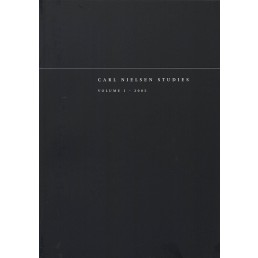Strange Bedfellows. The Hebrew Bible and Wagner, in 'Saul and David'
DOI:
https://doi.org/10.7146/cns.v4i0.27756Abstract
Carl Nielsen’s first opera, Saul og David, turns on the pairing of two seemingly contradictory foundations: the book of 1 Samuel in the Hebrew Bible, and the musico-dramatic influence of Richard Wagner. It is well-known that Nielsen firmly rejected Wagner and Wagnerism in the opera, and it is generally acknowledged that he succeeded: Saul og David sounds not at all like Wagner, and it overtly lacks the web of leitmotivs that so characterizes the Wagner music dramas from Das Rheingold on. Nevertheless, it is clear that Nielsen, along with his librettist Einar Christiansen, learned much from Wagner. Most importantly, the creation of a modern musical drama out of an ancient text was a task that both Wagner and his Danish successors faced. Like the best of Wagner’s music dramas, Saul og David is a model of clarity and intensity – a drama that focuses an abundance of narrative detail in the original source into a taut, psychologically penetrating story, a story masterful in its condensation of action and in its large-scale dramatic and musical form. That the opera appropriates a number of dramatic and musical techniques of the anti-Semitic Wagner in its portrayal of a foundational story from the Hebrew Bible is an irony well worth contemplating.Downloads
Published
2009-04-10
How to Cite
McCreless, P. (2009). Strange Bedfellows. The Hebrew Bible and Wagner, in ’Saul and David’. Carl Nielsen Studies, 4. https://doi.org/10.7146/cns.v4i0.27756
Issue
Section
Articles
License
- Authors retain copyright and grant the journal right of first publication with the work simultaneously licensed under a Creative Commons Attribution License that allows others to share the work with an acknowledgement of the work's authorship and initial publication in this journal.
- Authors are able to enter into separate, additional contractual arrangements for the non-exclusive distribution of the journal's published version of the work (e.g., post it to an institutional repository or publish it in a book), with an acknowledgement of its initial publication in this journal.

